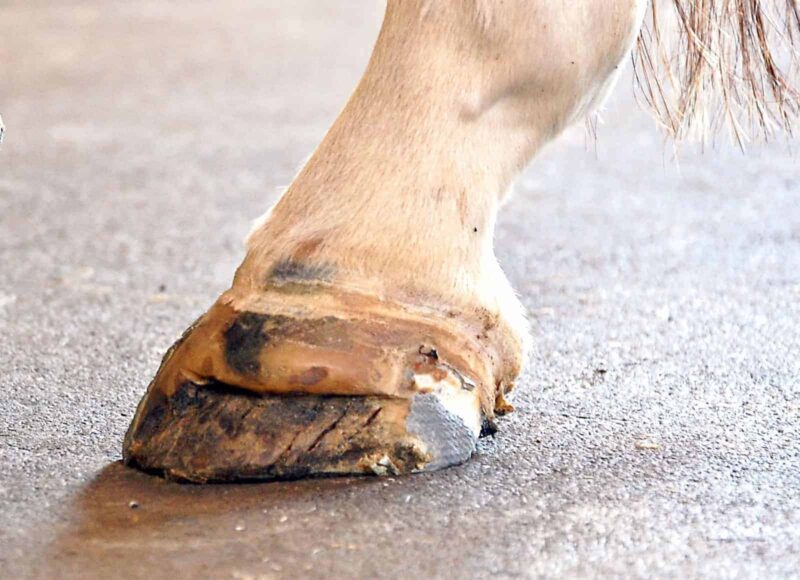White Line Disease is a common and troublesome ailment that afflicts many horses, causing pain, lameness, and frustration for both horse owners and equine professionals. Despite being a prevalent issue, there is still a lack of comprehensive information on how to effectively combat and prevent this debilitating condition.
In order to equip horse owners with the knowledge and tools needed to successfully battle White Line Disease, it is crucial to develop a well-thought-out plan of action. By understanding the causes, symptoms, treatments, and preventative measures associated with White Line Disease, horse owners can take proactive steps to safeguard the health and well-being of their beloved equines. With the right strategies in place, horse owners can minimize the impact of White Line Disease and ensure their horses remain happy, healthy, and sound for years to come.
Understanding White Line Disease

Understanding White Line Disease is essential for horse owners to effectively combat this common hoof ailment. White Line Disease, also known as seedy toe, is a fungal infection that affects the innermost layer of the hoof wall. It can lead to the separation of the hoof wall from the sole, causing pain and lameness in affected horses. Recognizing the signs of White Line Disease, such as white powdery patches in the hoof wall or a hollow sound when tapping the hoof, is crucial for early detection and treatment.
Proper hoof care, including regular trimming and cleaning, along with good management practices, can help prevent and manage White Line Disease. By educating themselves about the causes, symptoms, and treatment options for White Line Disease, horse owners can equip themselves with the knowledge and tools necessary to keep their equine partners healthy and sound.
Identifying Symptoms and Risk Factors

Identifying symptoms and risk factors associated with white line disease in horses is essential for effective treatment and prevention strategies. Common symptoms of this hoof condition include separation of the white line, visible black or brown powdery material on the hoof wall, and an abnormal or irregular hoof growth pattern.
Risk factors for white line disease may include poor hoof conformation, inadequate hoof care practices, wet and muddy environments, and underlying health issues like laminitis. By closely monitoring your horses hooves for these signs and addressing any potential risk factors, you can better equip yourself for success in managing and preventing white line disease.
Treatment Options and Strategies

When it comes to treating white line disease in horses, there are several options and strategies that horse owners can consider. One common treatment is applying topical treatments such as medicated hoof packing or antifungal solutions to the affected area. In more severe cases, a veterinarian may recommend trimming away the infected tissue and applying specialized hoof shoes to provide support and protection.
Additionally, maintaining proper hoof care and hygiene through regular trimming, cleaning, and monitoring for any signs of infection can help prevent the disease from recurring. Its important for horse owners to work closely with their veterinarian to develop a comprehensive treatment plan tailored to their horses specific needs and to maximize the chances of successful recovery.
Conclusion
In conclusion, the battle against White Line Disease requires horse owners to be well-equipped with knowledge, tools, and preventative measures. By following a comprehensive battle plan that includes regular maintenance, proper trimming, diligent inspection, and the use of products such as Best Hoof Conditioner, horse owners can effectively manage and prevent this common hoof ailment. With dedication and proactive care, horses can maintain healthy hooves and avoid the damaging effects of White Line Disease. By staying informed and taking proactive steps, horse owners can ensure the long-term health and well-being of their equine companions.


